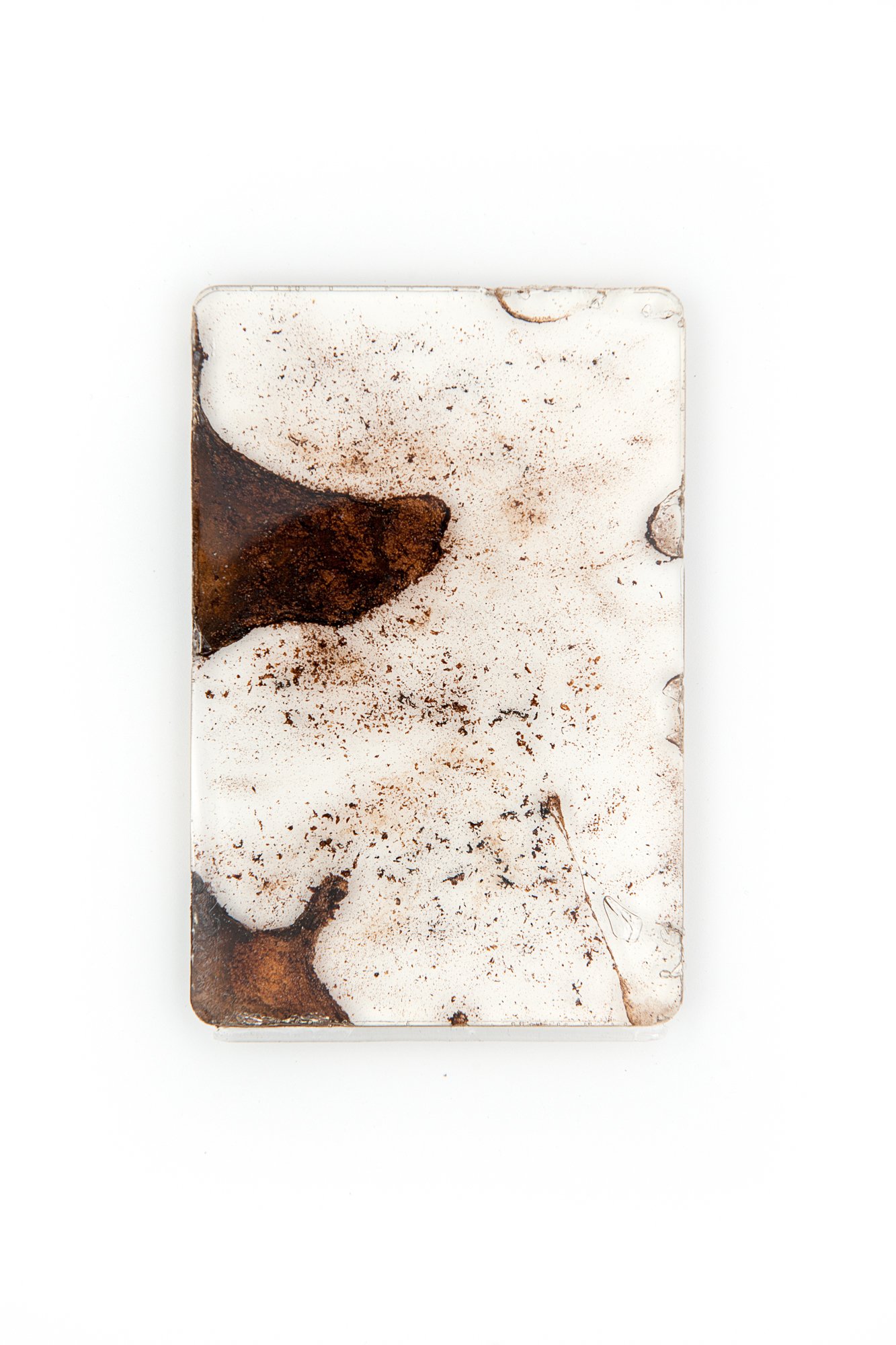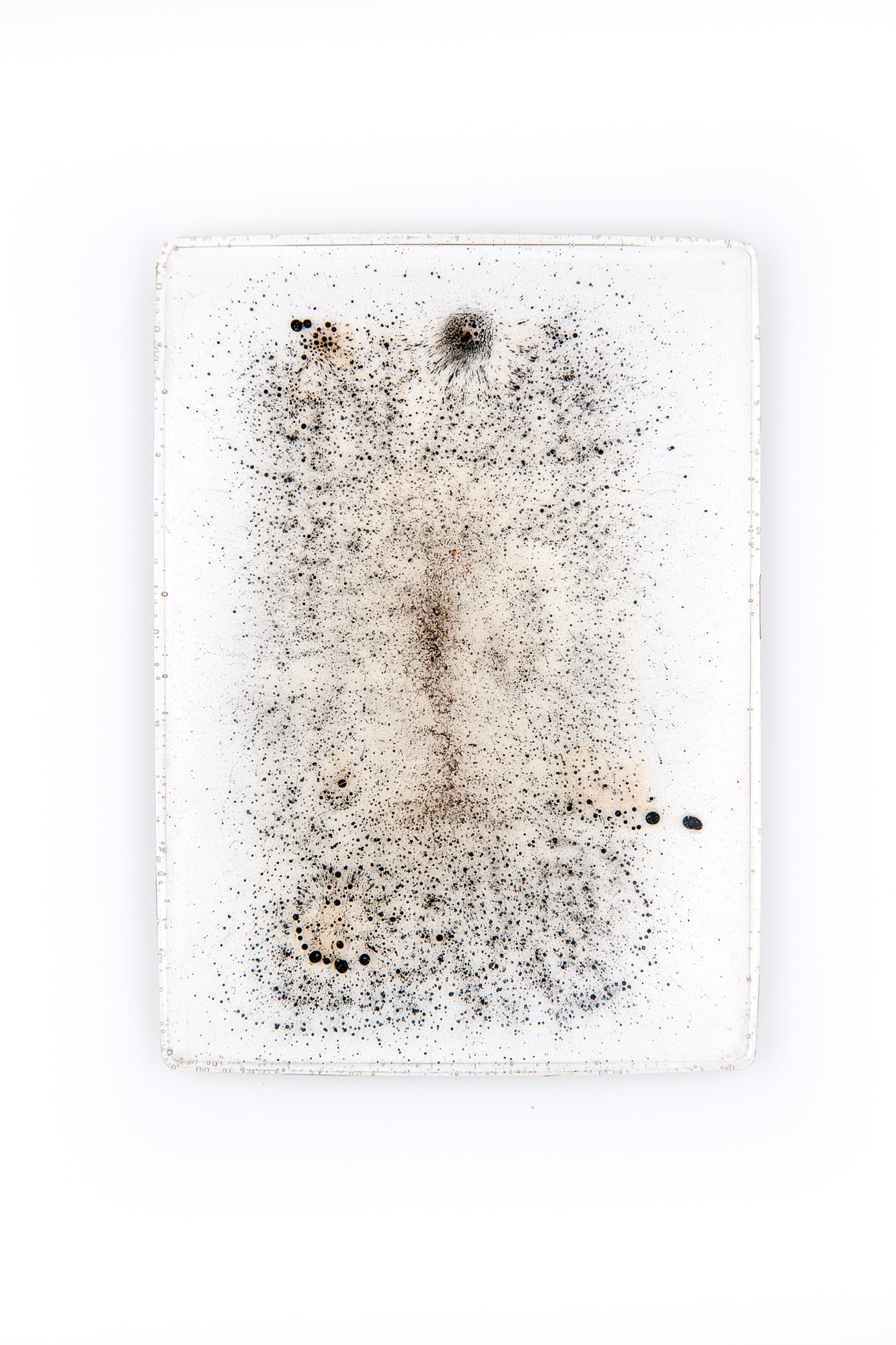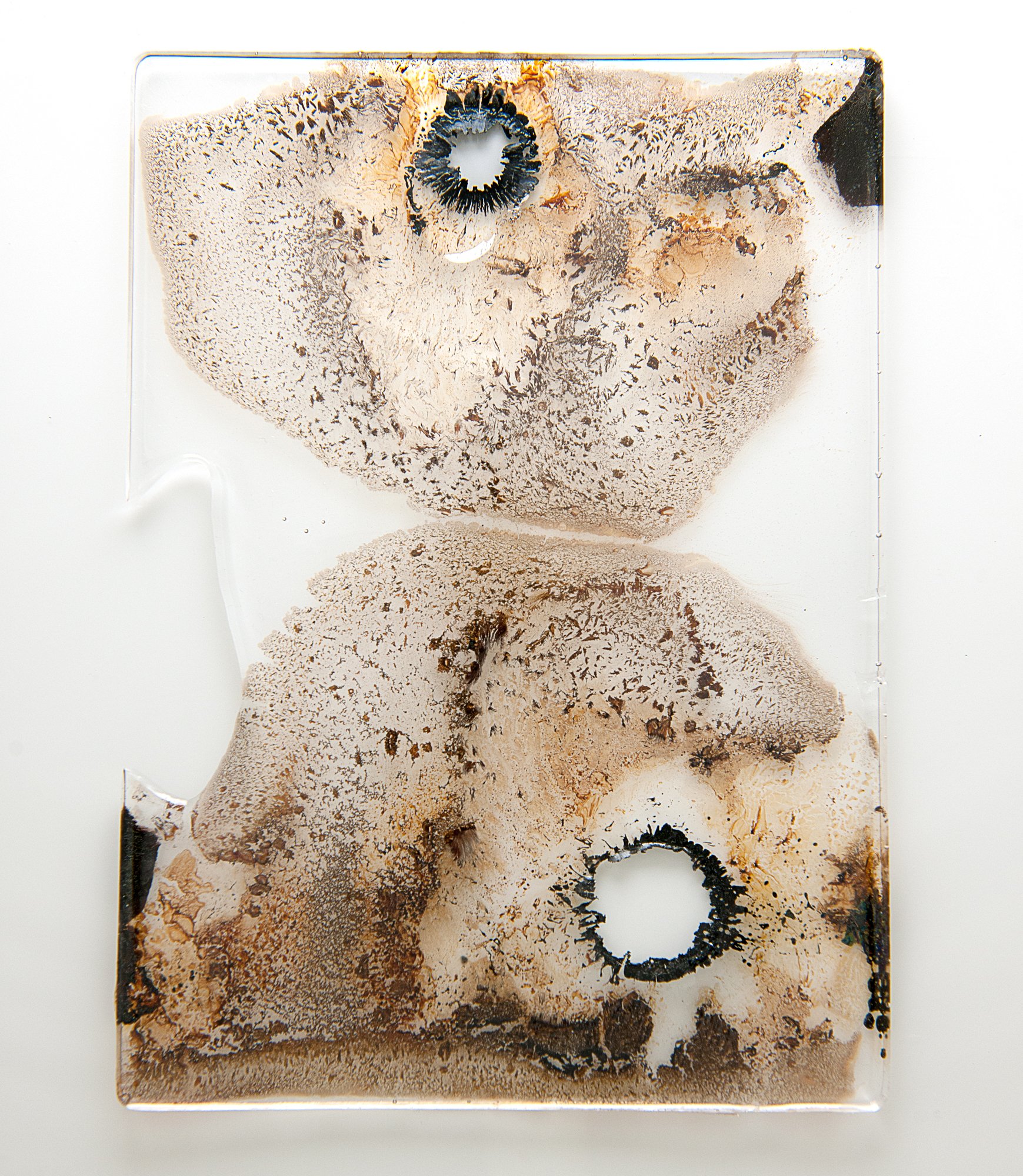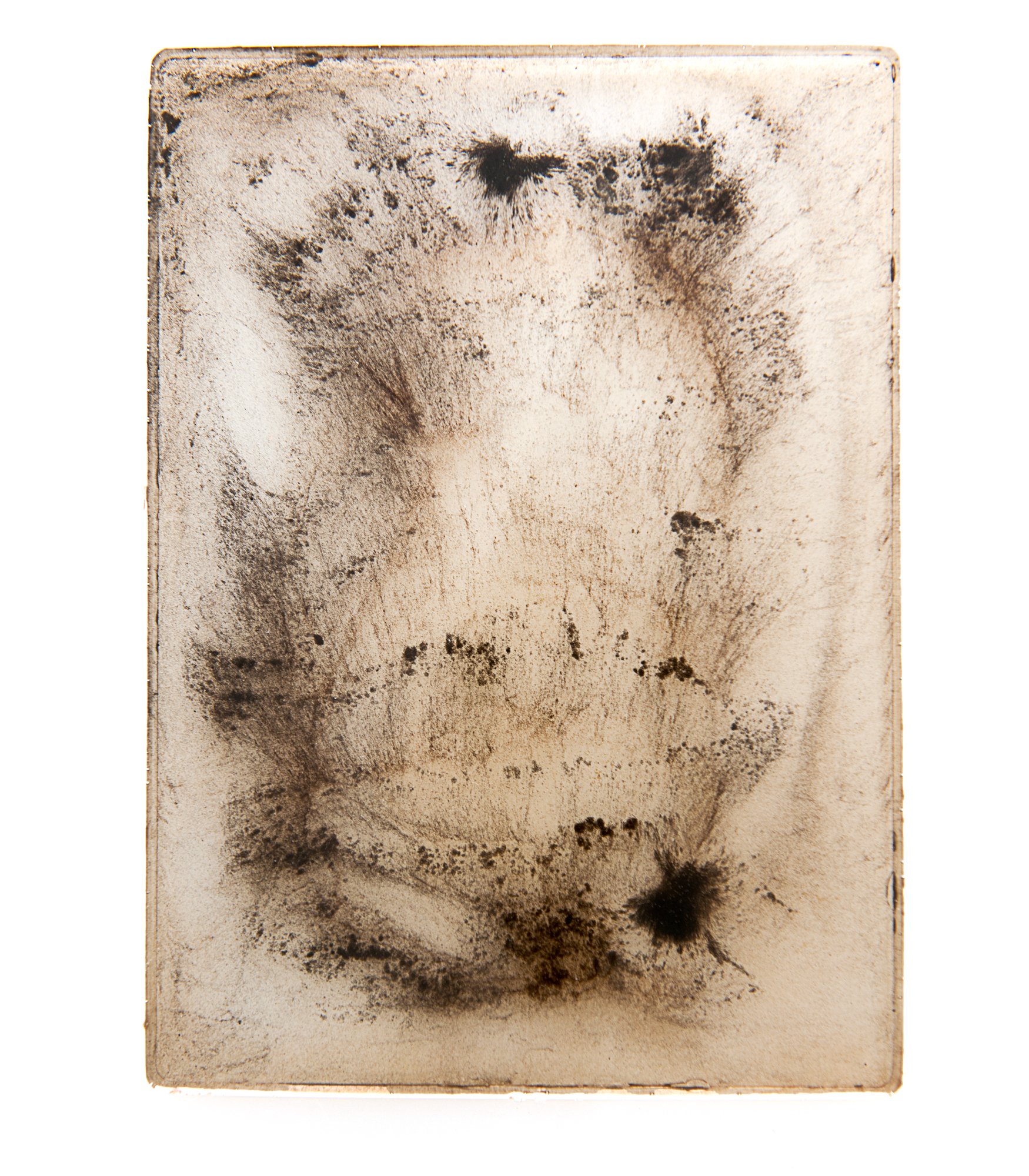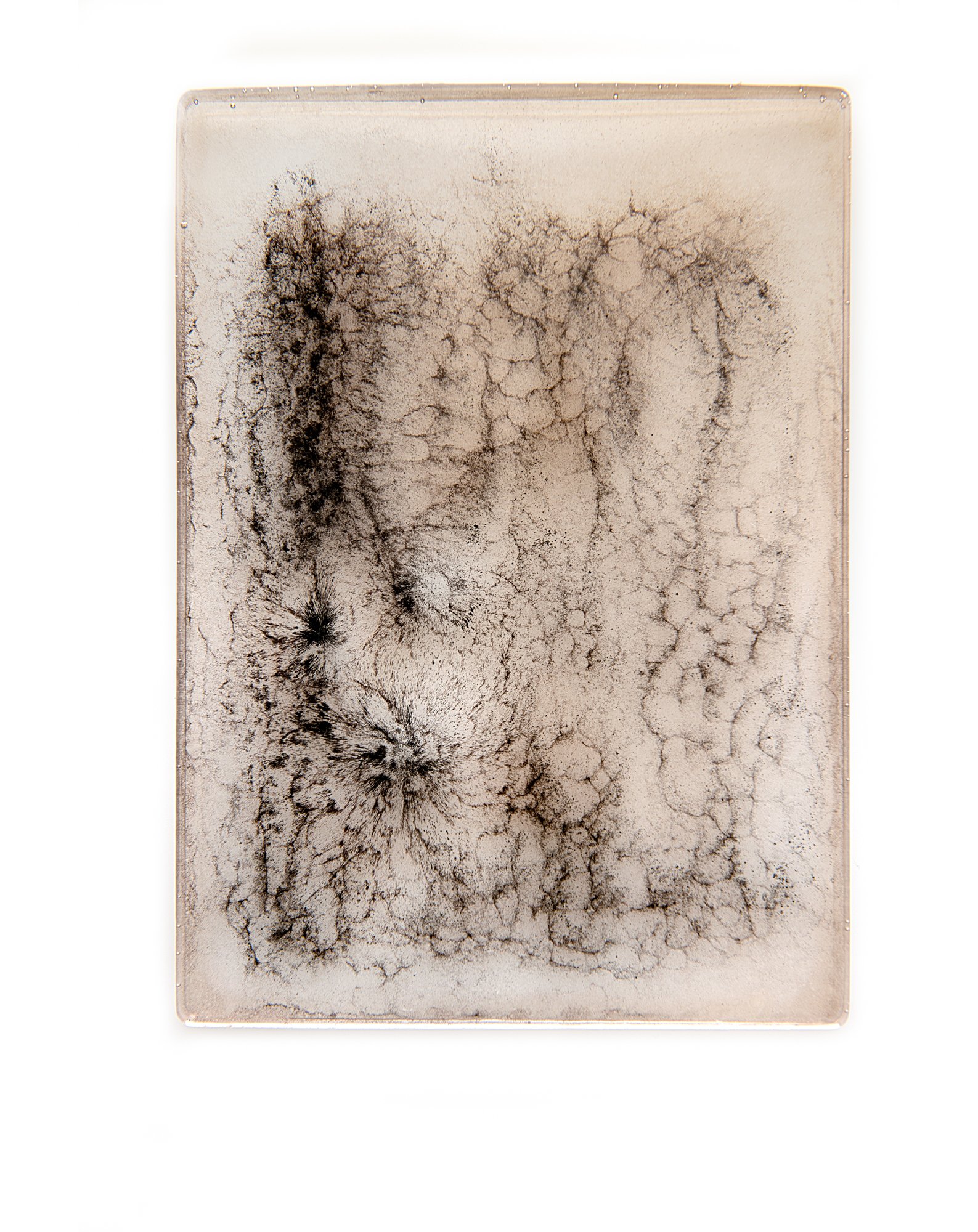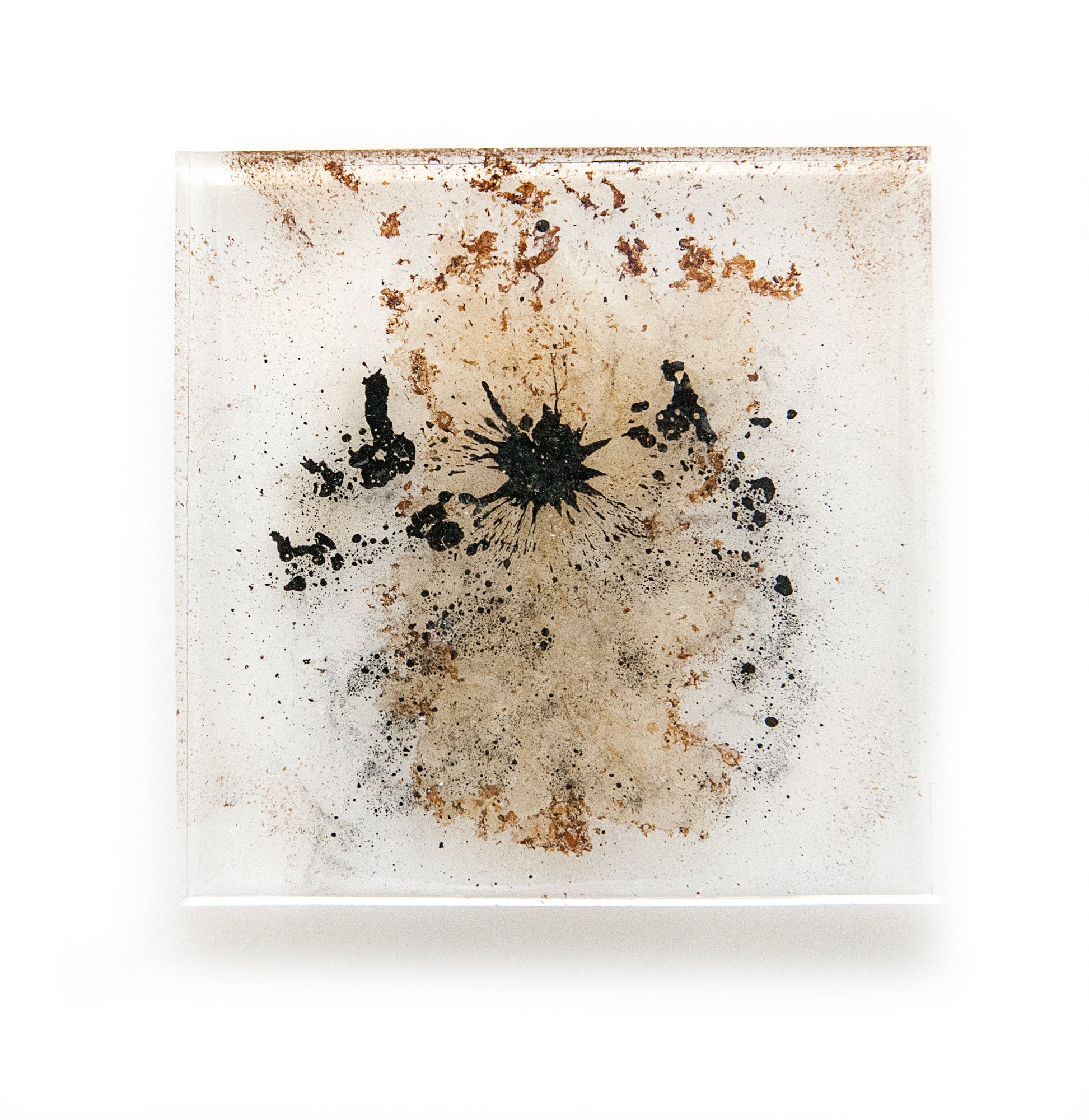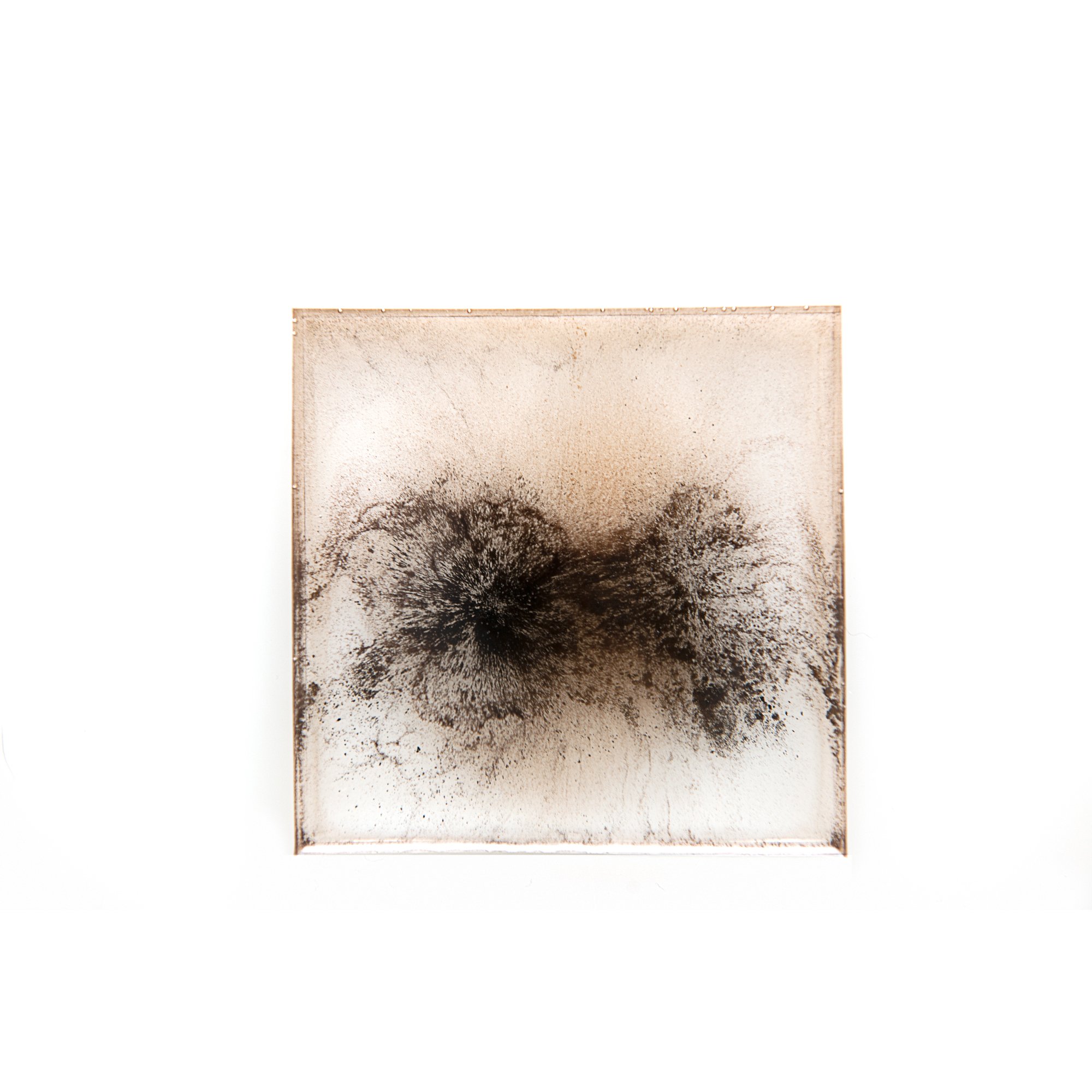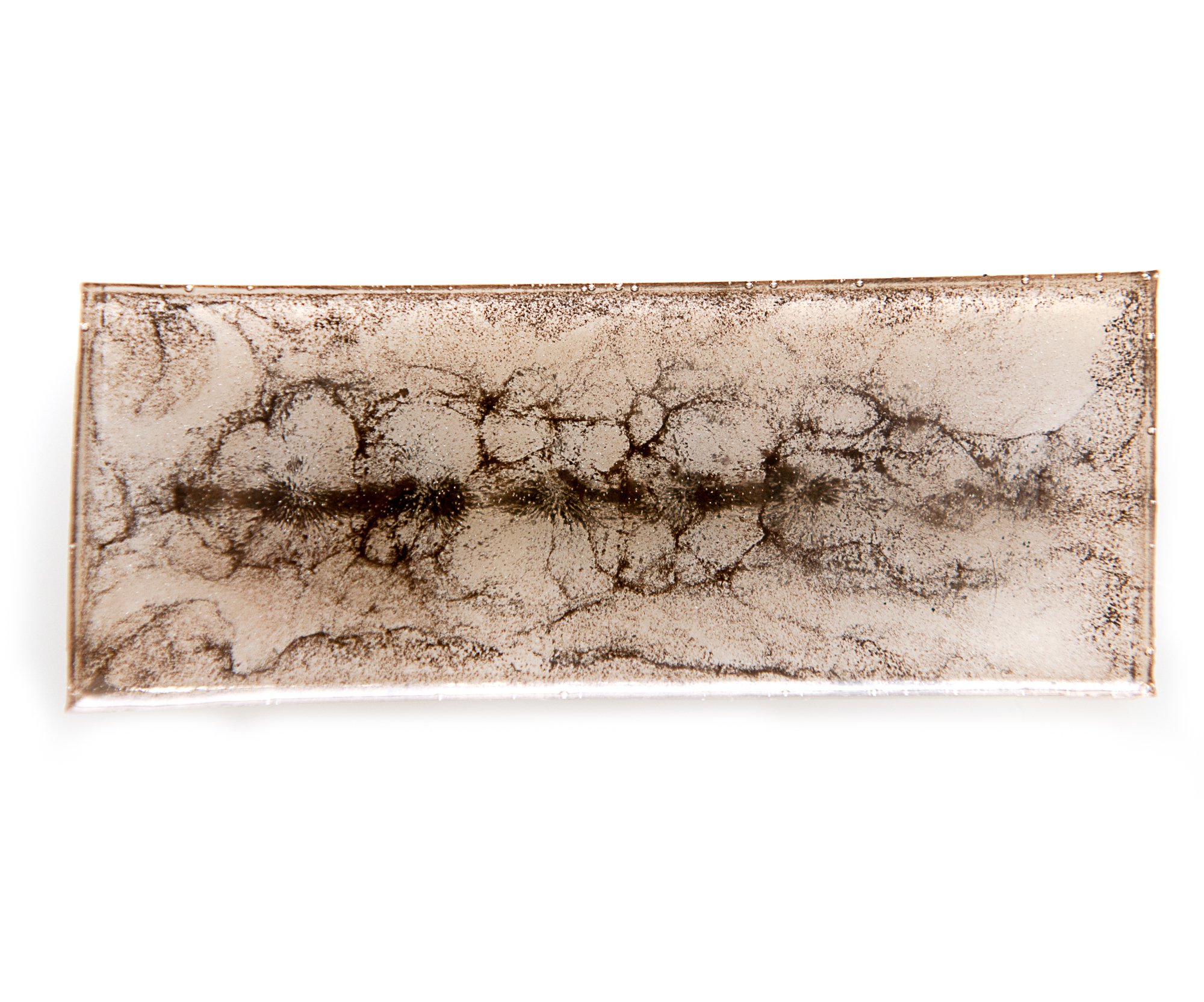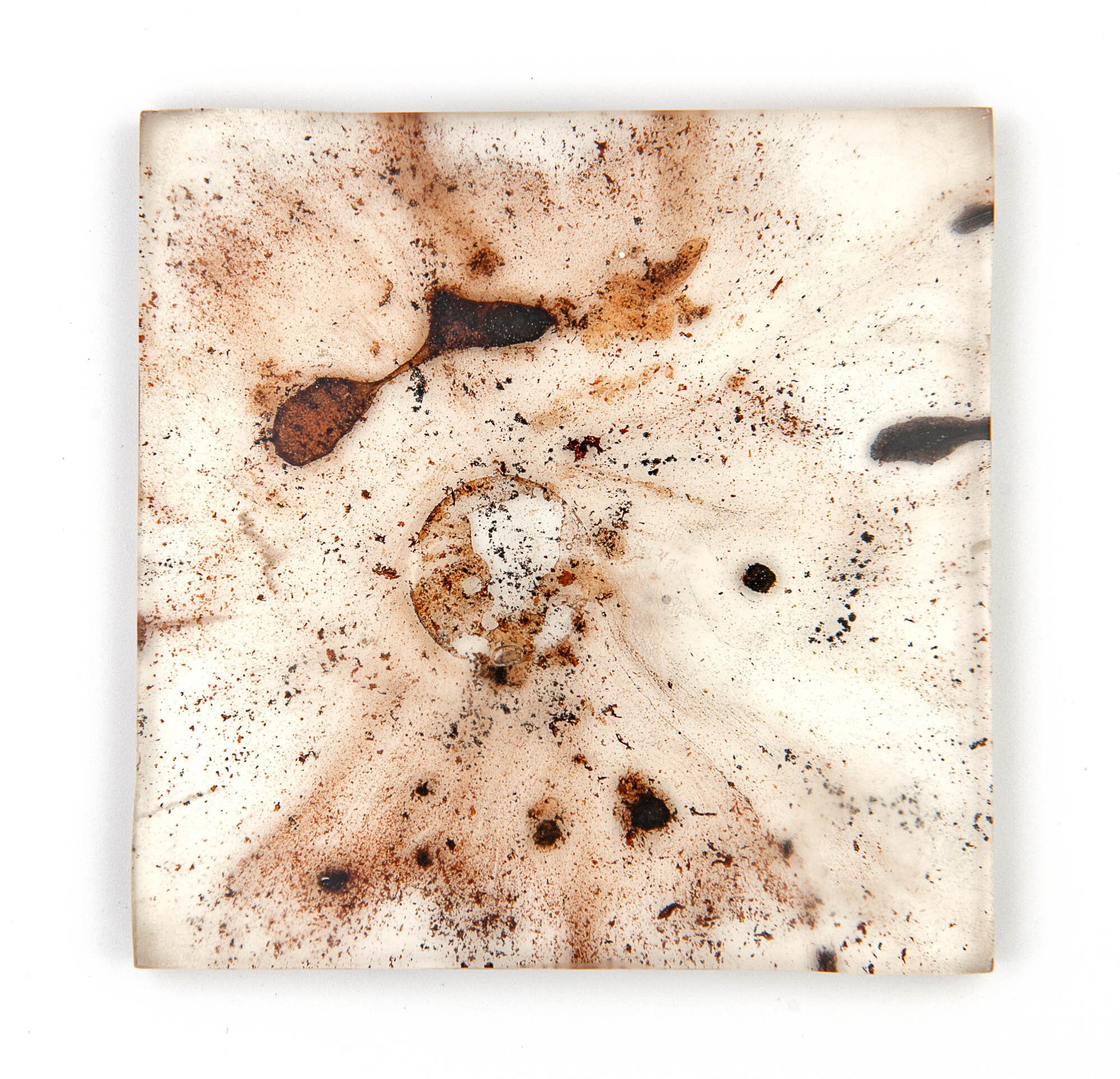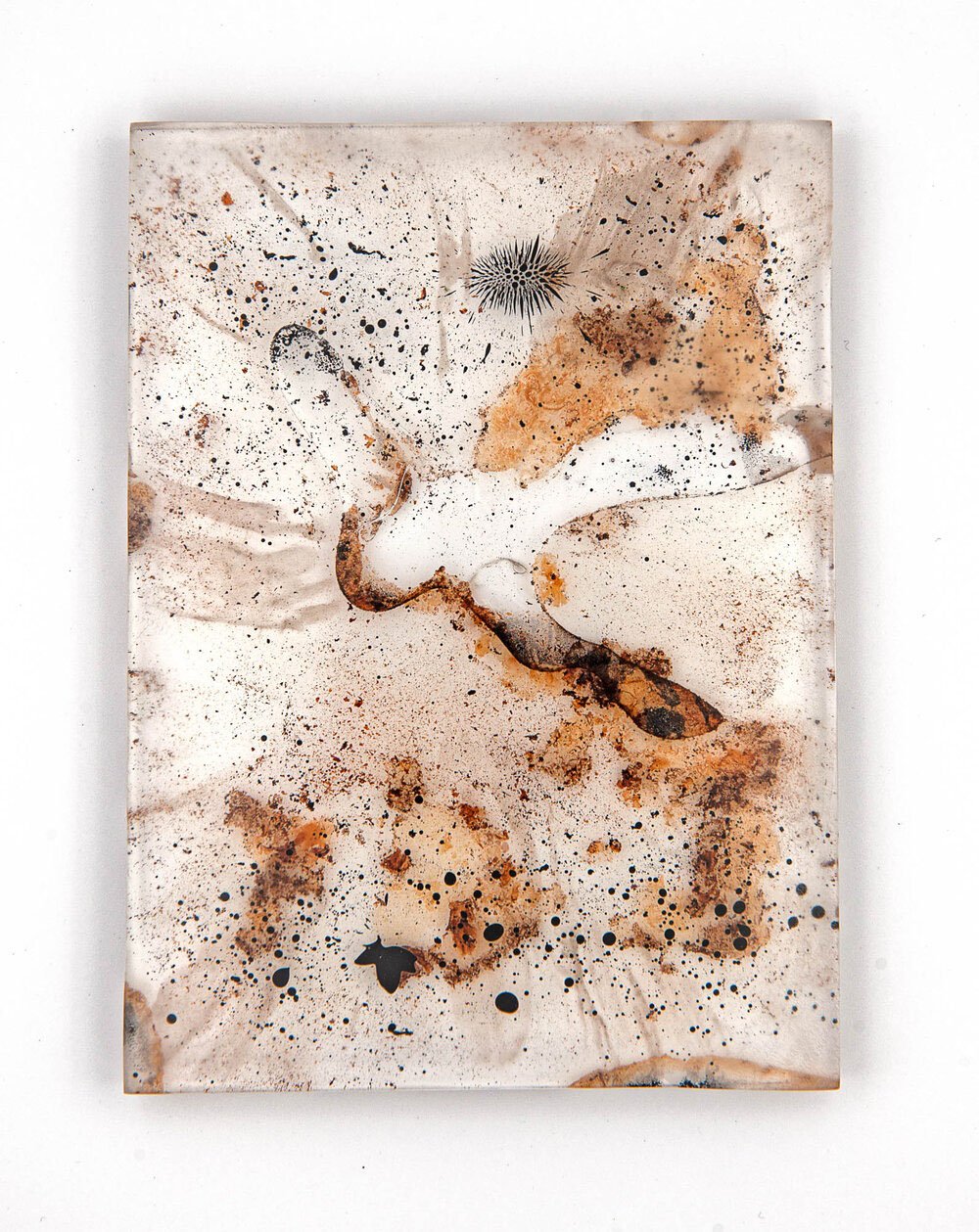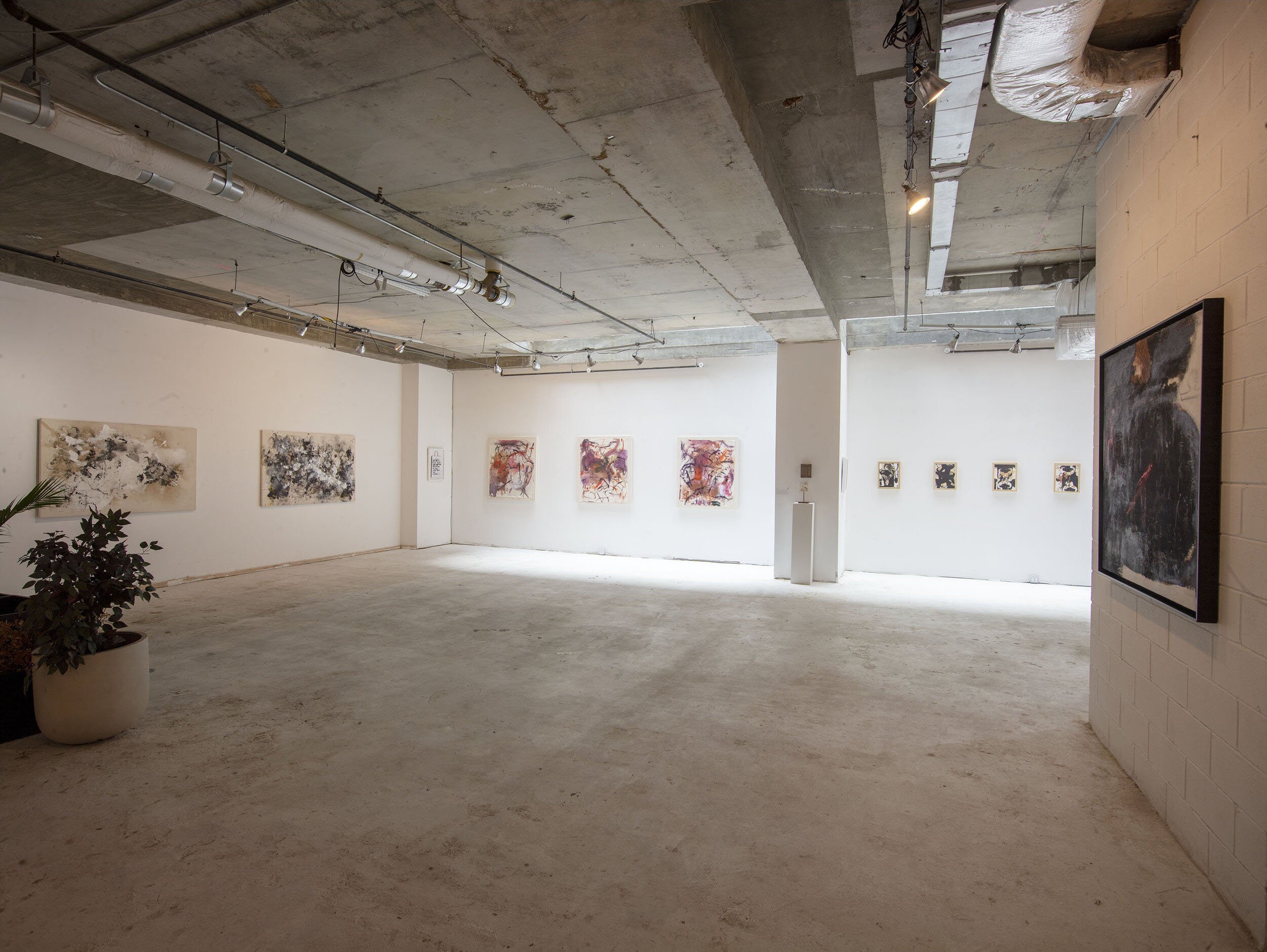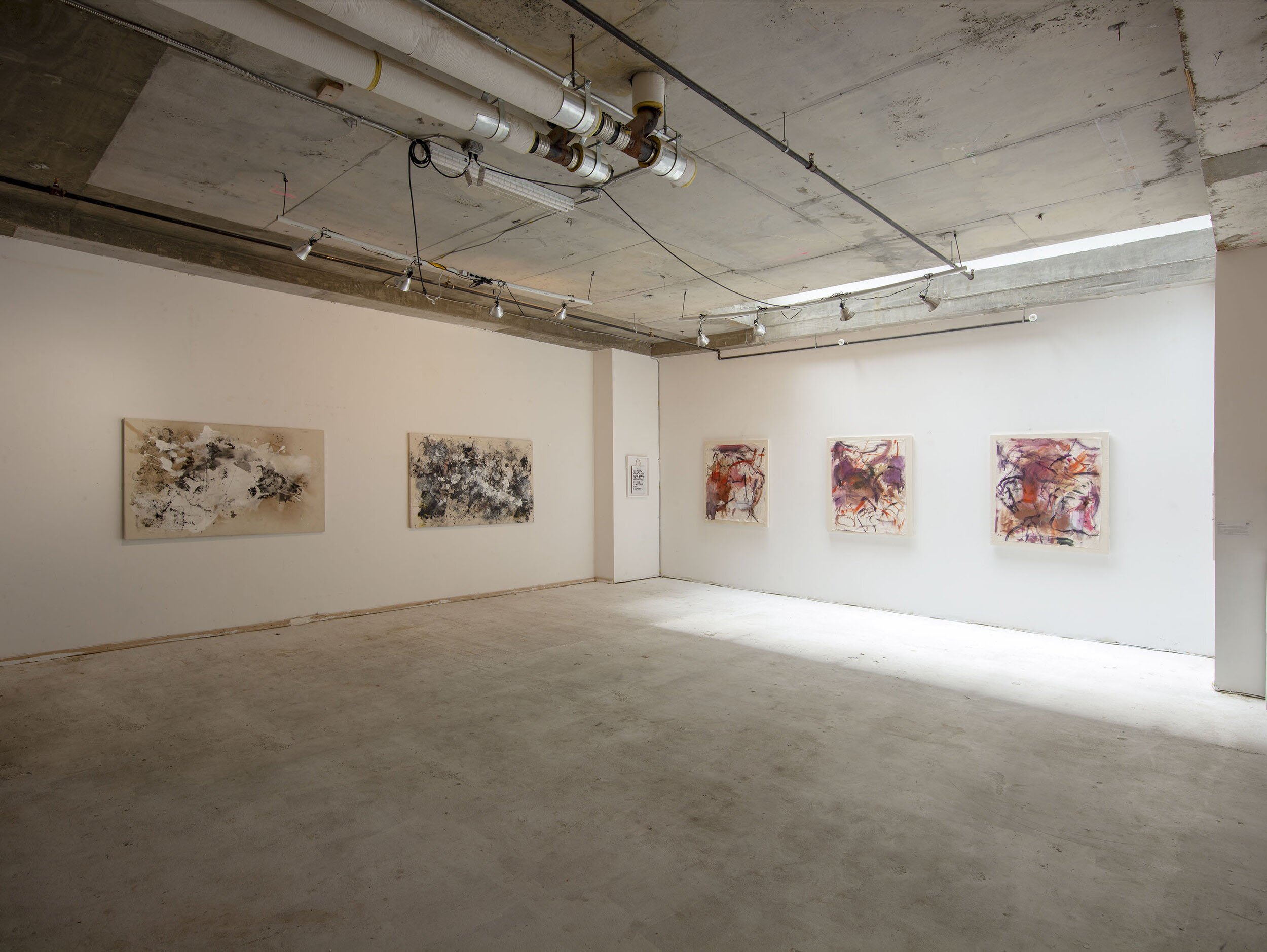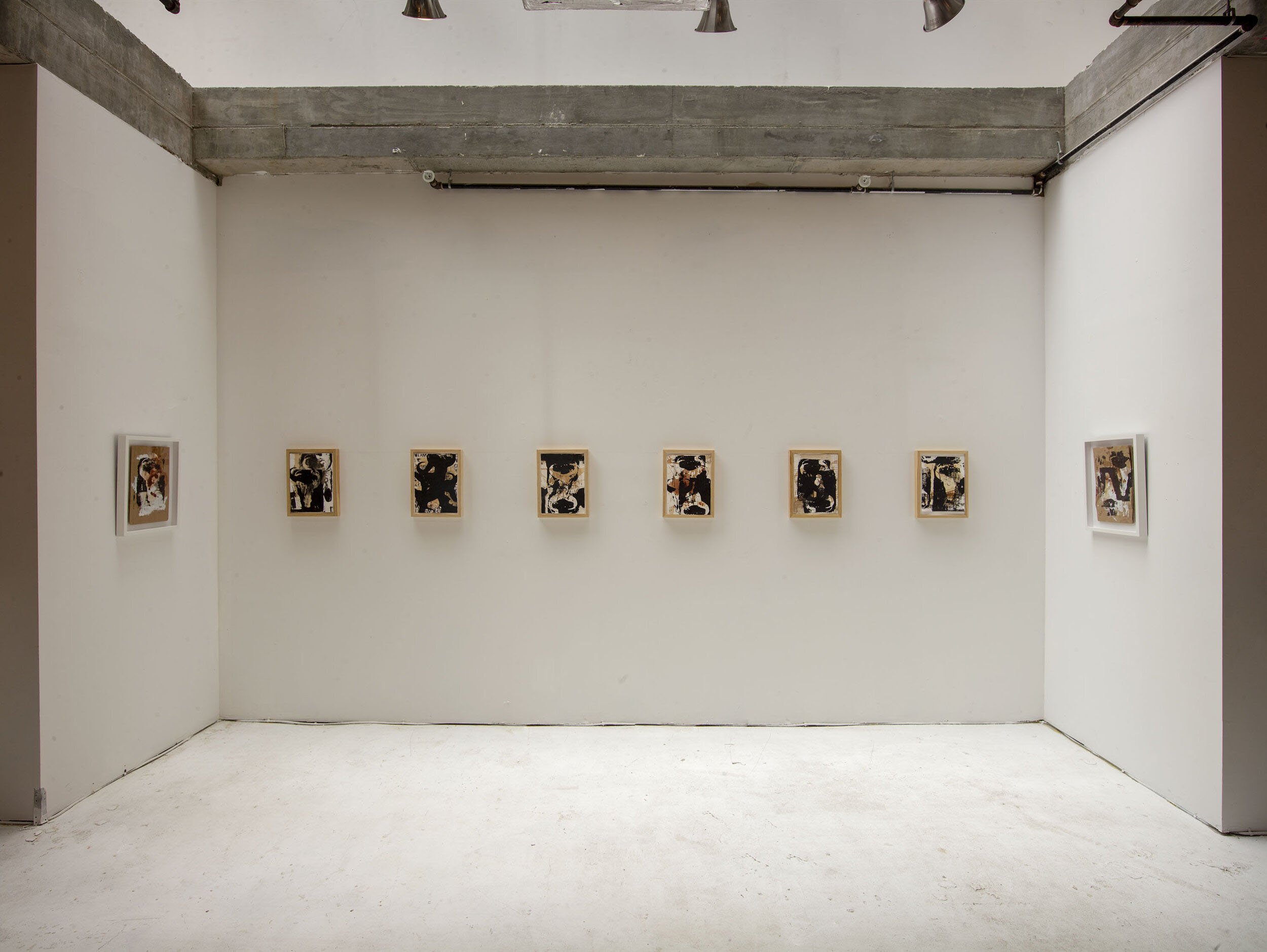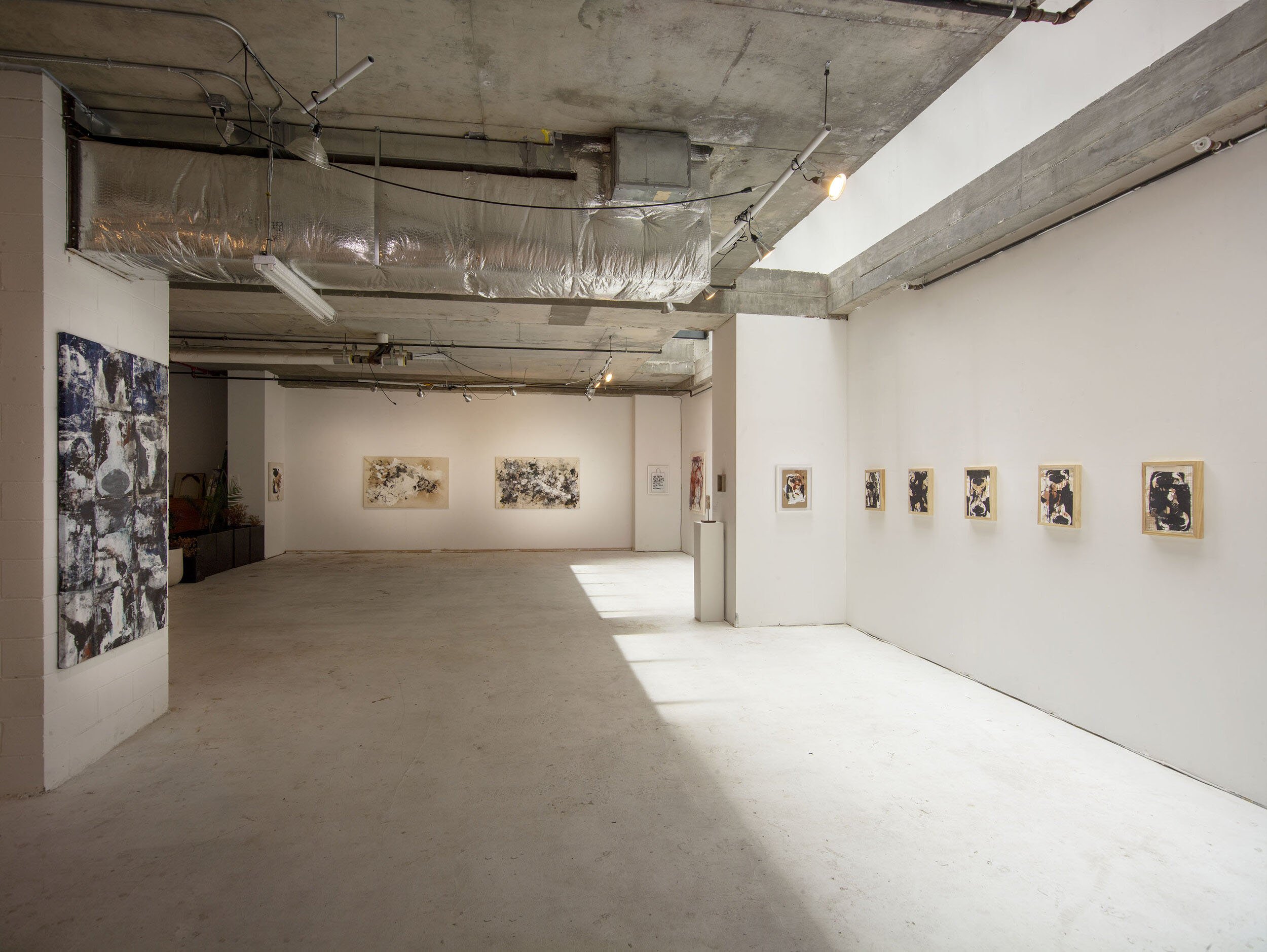exhibitions:
W.T.C: Concrete Abstract
Shai Kremer
Shai Kremer W.T.C: Concrete Abstract #18 (1960's-2019)
Archival pigment print.
Image size: 60x80in.
Edition of 7 + 2AP
Art Bond NY is proud to present our newest exhibition, titled “W.T.C: Concrete Abstract," opening September 23rd from 6-8pm at our New York location. The show was curated and timed to coincide with the 20th anniversary of 9/11. For younger Americans born after the tragedies, 9/11 is not a memory lived, but history learned. Twenty years later, we remember those who were killed, as we honor the service and sacrifice of the brave first responders who ran toward danger to save others. By showing this body of work, we want to encourage reflection and help ensure that our new generations learn how, together, we met unimaginable tragedy and unfathomable loss with hope, resilience, and unity.
Simultaneously, more large scale works from the same project, will be on display at the Israel Museum
Jerusalem.
Press Release:
An evocation of site, a remembrance of tragedy, a progression towards healing – Shai Kremer’s Concrete Abstract series at once aims for individual and universal response to the destruction and rebuilding of the World Trade Towers following September 11th, 2001. Kremer describes his Concrete Abstract series as a means to “pay homage to America, to New York, to their trauma and their recovery.” The artist evokes the renovations and rebuilding of a once devastated sight as representative of a fresh start and ongoing therapeutic process for New York City. Like his past series, Kremer maintains “a post-traumatic gaze to the cityscape of Manhattan - and by extrapolation, to the sociological landscape of America.” Kremer combined copious images to illustrate the site’s former self as well as its years of reconstruction. In the most recent works *The Tribute in Light*, a memorial installation of 88 searchlights forming two columns of light in place of the towers, brings new life to the hopeful images. The strength of the façade of the Freedom Tower is a testament to how far we have come in the rebuilding process. Kremer records a compelling interpretation, in which a process linking “accumulation, destruction, and reconstruction” become “the paradigm of modernity.” The zenith of that modernity, the now tallest building in the United States, is a proud symbol of our strength.
As an Israeli, Kremer has always been invested in the political tensions in Israel - an awareness that has left an indelible stamp in his artistic production. Born in Israel but living in New York for decades, he received his MFA from the School of Visual Arts. His work has been exhibited widely, including Blue Sky Gallery, Portland, Houston Center for Photography, the Israel Museum, The Tate Modern, the Walker Art Center and many others. Kremer's work is in numerous public collections including The Metropolitan Museum of Art, Museum of Fine Arts, Houston, the San Francisco Museum of Modern Art, the Tel Aviv Museum of Art, Bowdoin College, the Schwartz Art Collection at the Harvard School of Business and the Rose Museum at Brandeis University.
Excerpts from a text by Gigliola Foschi - Curator
“In Kremer's images, different points of view gather and amalgamate, fold in layers, repetitions of past and future intertwine. Imbued with time and memories, the works of the series Concrete Abstract are the result of a long process of work, born with the documentation of the reconstruction of the World Trade Center’s site, where the Twin Towers collapsed tragically in September 2001. Each image, in fact, contains over 60 overlapped photos, which were taken by the author over time and combined, day after day, preserving the overall power of details. Thanks to this operation – where the durability and the strength of memory stand against the mere flow of events destined to oblivion – his works look like a restless device, stretched between centrifugal and centripetal impulses, between chaos and order, between fragmentation and structuring of space. Like nets, like an invisible suspended maze, his images may remind us of “pictorial dynamism” and the dynamic tension which is typical of the Futurists. With Kremer, however, the vitality and the polyphonic simultaneity, found in the works of the Futurists, turn into an impersonal machine, which is powerful, dramatic and lacking univocal directions at the very same time. The city does not grow towards a bright future anymore (like in the famous work by Umberto Boccioni), but struggles through destruction, accumulation and continuous reconstruction. After having investigated the debris and the ruins, both ancient and contemporary, which painfully mark the Israeli landscape (like in his previous work Fallen Empires and Infected Landscape), Kremer creates, with Concrete Abstract, images, which become gloomy and disturbing metaphors of modernity. Based on shared presence and interferences, on correspondences, on multiple meanings, his works fight against the logic of fundamentalism from inside, since it is based on a sole truth, on a purity lacking any mix-up, on a rigid and indisputable division between right and wrong, true and false. Reality is not univocal – as we are reminded through the works of Kremer – but it is an intertwining of many different truths and points of view.” Gigliola Foschi.
Gentrification
Artist Statement:
This project pays tribute to Brooklyn's former landscape, while it celebrates its constant reinvention. It mirrors my personal story, two decades ago, a new immigrant moving constantly, from Bushwick to Williamsburg following the "L" line.
The accelerating and ubiquitous phenomenon of gentrification in these neighborhoods - and the fact that I since became myself one of the "gentrifiers" - challenged me to question this evolution.
Brooklyn has always been a patchwork of neighborhoods, ethnic or religious communities. It is a place where immigrants settle down for the best affordable compromise - 15 minutes away from ‘the center of the world’, the capital of all aspirations - and a relatively safe place to comfortably raise their children. Density is bearable, trees are still usually higher than buildings, it is not yet just a playground for developers, high-flyers and corporations.
The photographic series reveals the aesthetic shifts in the borough streetscapes as part of the gentrification phenomena.
It insists on the relationship, opposite and intertwined, between the remaining edgy parts and the newly gentrified environment. It gives an absurd and surreal glimpse, at once into its past and into its future.
Graffiti is present as an interesting signifier of upcoming gentrification: it offers a subcultural resistance, while simultaneously being trademarked and packaged to sell the neighborhood to the highest bidders.
Still rooted in the landscape as a social indicator and a platform for discussion, still bridging my personal experience. Our cityscape evolves like a concrete jungle. In a Darwinian way, the more vulnerable are being pushed out or forced to adapt. I was one of them... until I wasn’t…
We cannot stop evolution, but we should always pay attention to the cultural and socio-economical price we pay.
Press release:
For more than a decade Kremer being photographing the ever changing Brooklyn landscape. Creating a comprehensive body of work that split into five parts:
Part I- Photographic Sculptures
Kremer created ‘photographic sculptures’ that combine his collaged images with locally found historical photographs, doors, windows, or objects...
Loosely inspired by Gordon Matta Clark, he convert old buildings parts into light-boxes and the result becomes a hybrid object, a mix of old and new, like gentrification.
Part II- follows my historical investigation
Covering several neighborhoods, Kremer mix historical found imagery with his photographs of today's city-scape.
This spans several decades and for each street corner, gives a simultaneously absurd and surreal glimpse into its past and its future.
Part III- takes a closer look at the human repercussions.
The 'locals', the neighborhood's old-timers, are disappearing (through a visual metaphor) in front of the newcomers, portraying a new sense of social alienation.
Part IV- Diptychs: Back to the same place ten years after. Kremer follow up and depict the change of specific terrains.
Part V- Perpendicular Axis
Working on this project, Kremer noticed gentrification works on both axis : vertically and horizontally.
Vertical: the higher the buildings, the more gentrified the neighborhood.
Horizontal : new developments spread and people migrate along the ‘in towards out’ axis of the gentrifying neighborhoods.
























